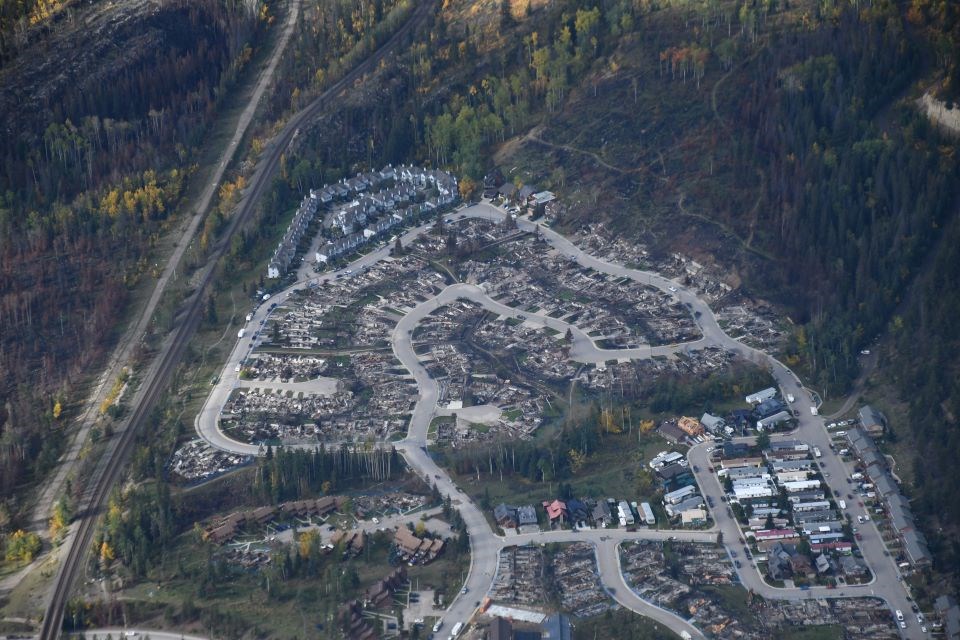JASPER – The federal government has released changes to Jasper’s land use policy to simplify the rebuilding process to replace structures that were lost in the wildfire.
Employment Minister Randy Boissonnault, who is also ministerial lead for rebuilding Jasper, said in a statement that cutting red tape would empower Jasper to lead its recovery.
“By making these changes quickly and in close collaboration with the Municipality of Jasper, Parks Canada is making it easier for people to get back in their homes and businesses to open their door,” Boissonnault said.
Alan Fehr, superintendent of Jasper National Park, described the changes to the land use policy as “an important step forward” for Jasper’s recovery.
“The updated development policies will facilitate our community's recovery as well as improve our preparedness for future wildfires and help address housing shortages,” Fehr said during a Wednesday (Oct. 30) media briefing.
Beth Sanders, director of urban design and standards for the Municipality of Jasper, said behind-the-scenes updates to the land use policy and the architecture motif would simplify rules for builders and designers.
“The update to the development rules in Jasper was important so that the people who lost their buildings in the wildfire can have up-to-date rules as they design their buildings,” Sanders said.
Another goal of the changes was to increase housing options for a community that has historically suffered a housing shortage and lost 820 residential units during the wildfire.
Leaseholders with lots formerly zoned for single-detached dwellings can now build one or two primary dwelling units on a lot. There will also be reduced parking requirements with only one stall required per primary dwelling unit.
In addition, there are more options for accessory dwelling units. Leaseholders can build garden suites on residential lots. Subdivision is now permitted in areas where it used to be prohibited, and minimum lot widths have been eliminated.
To increase community resilience to wildfire, developers will be required to use non-combustible materials on the exterior of new buildings. This means no new wood roofing or siding.
Erin Saunders, planning and development manager with Parks Canada, confirmed existing buildings would be grandfathered in, but a building would need to be upgraded if the owner decided to renovate the exterior.
As well, each home will be required to have a 1.5-metre buffer zone of non-combustible materials, and new coniferous trees must be planted at least 10 metres away from a building.
The rebuilding guide summarizes updates to the land use policy and architectural motif guidelines.
The updates come after Bill C-76 received royal assent. This new law will enable the transfer of some development authorities from Parks Canada to the Municipality of Jasper.
Until formal transfer of authority occurs sometime next year, Parks Canada will continue to accept and consider applications for development in the Jasper townsite.
Parks Canada has been working with the Municipality of Jasper through the Jasper Recovery Coordination Centre. They have both outlined a five-phase approach to rebuilding Jasper.
The launch of the rebuilding guide marks the completion of Phase 1 where leaseholders talk to insurers and think about what they would like to rebuild.
In Phase 2, leaseholders will work on building plans with an accurate site survey while officials prepare information about how to submit a complete application and create a streamlined permitting process.
Editor's note: A previous version of the article stated that subdivision was prohibited in more areas than before. In fact, it is now permitted in areas where it used to be prohibited.




